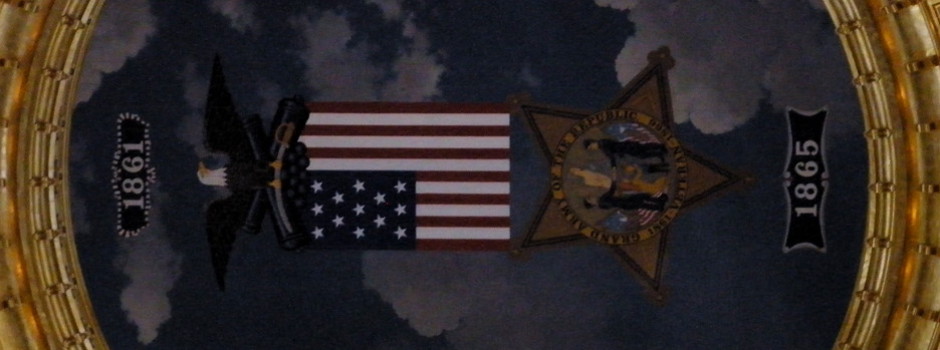The Legislative Services Agency’s second map of 2021 made things annoying when it came to numbers. The designation for the 1st and 2nd Congressional Districts flipped. There’s something about a rule of “easternmost.” Eyeballing the map, the geographic center of the southeastern district looks like it is farther east than the northeastern district, and the case was the reverse in the 2010s, and I think that’s the explanation. The 2020s map has been added to my historic congressional district map page, although I had to switch computers and for some reason I can’t get the colors to match exactly. I also added horizontal rules to better indicate which map goes to which decade, and extended the headline to 2032 since that’s how long the newest districts will last. (Technically, it’s Jan. 3, 2033, but let’s go with election years for now.)
More time-consuming was the table, as each county that was in the 1st but was now in the 2nd (and vice versa) couldn’t just have its color block extended, but required a new cell. The new table is here, updated after 11 years. Here is a breakdown of where counties went:
- 16 counties stayed in the northeast district (1st to 2nd)
- 16 counties stayed in the southeast district (2nd to 1st)
- 13 counties stayed in the 3rd District
- 33 counties stayed in the 4th District
- 3 counties moved from the old 1st to the new 1st: Iowa, Jackson, and Jones.
- 6 counties moved from the old 4th to the new 2nd: Butler, Cerro Gordo, Chickasaw, Floyd, Grundy, and Hardin. This is the first-ever split for Hardin and Franklin.
- 8 counties moved from the old 2nd to the new 3rd: Appanoose, Clarke, Davis, Decatur, Lucas, Monroe, Wapello, and Wayne.
- 3 counties moved from the old 3rd to the new 4th: Fremont, Mills, and Pottawattamie.
- Marshall County moved from the old 1st to the new 4th.
- Greene County moved from the old 4th to the new 3rd.
